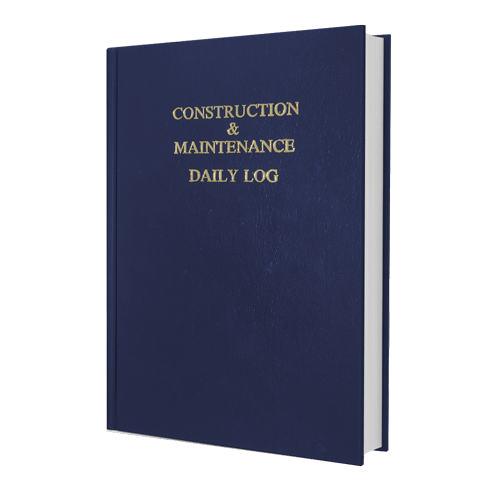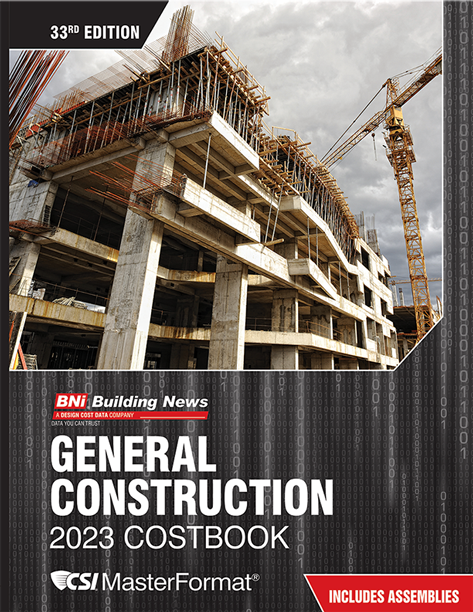The homebuilding segment of construction not only plays a pivotal role in the country's total production of goods and services, it's also one of the most telling barometers of our nation's long-term economic wellbeing.
Pronounced slumps in home construction are one of the most certain signs of recession, just as extended boom times reflect a healthy economy. Similarly, sales of new and existing homes, as well as the outlook of builders, are useful statistics that help characterize the direction our economy is turning, for better or for worse. In the wake of the terrorist attacks of Sept. 11, and the uneasiness that has imprinted itself on an already questionable economic outlook, a detailed examination of housing trends can help gauge our nation's economic wellbeing for the coming year.
Prior to Sept. 11, the prevailing viewpoint of our nation's economic health was already less than optimistic. As early as the fall of 2000, economic forecasters were pointing out the ominous early signs of a looming recession. Through the first half of the year, industrial output and corporate profits contracted while unemployment levels jumped considerably. While, technically, our current economic slowdown still falls short of the traditional definition of a recession--constituting two consecutive quarters of contracting gross domestic production--the nation's economic health is clearly ailing.
Not that bad
Yet, as the nation's economy falters, there has remained one key beacon of hope for recovery. In an unprecedented series of rate reductions, the Federal Reserve board, under the direction of Alan Greenspan, sought to deflect a full-blown recession by lowering lending rates in advance of a full meltdown of the economy. The Fed's objective, characterized by Greenspan as a "soft landing," was to minimize the severity of the economic slump by stimulating purchasing and investment while the overall economy was still relatively healthy.Looking to our nation's housing activity, there's every reason to believe the Fed's strategy was working prior to the events of Sept. 11. According to the National Association of Home Building, while August housing starts dropped dramatically by nearly 7 percent, annual production levels were still expected to finish close to the previous year's levels. The projected 1.57 million housing starts was only 6.5 percent below the record levels set in 1999, and less than 1.5 percent below 2000's level. This reduction is nothing compared to the drop in housing at the start of our last recession, in 1990. That year, housing starts were off more than 33 percent off the previous record, and more than 13 percent below the previous year's level.
Prior to Sept. 11, the Fed had already initiated seven rate reductions totaling 3.5 percent for the year. In the month following, the Fed dropped rates another full percentage point, driving the key lending rates to their lowest level in nearly 40 years.
In the wake of our nation's tragedy, against the threat of war in Afghanistan and concern of additional terrorist attacks, this bold action has not gone unnoticed. The month of September saw a 1.7 percent increase in housing starts, moving counter to an anticipated 2 percent drop forecast by industry observers. Although our nation was demonstrably unsettled by recent events, there was no overlooking the tantalizing bargains offered by housing lenders. Should lending rates remain attractive--and there's no reason to expect they won't, given the Fed's aggressive stance--housing starts should continue to maintain an edge above other economic indicators.
Because housing construction is not merely an indicator, but also a substantial component of the nation's productive output, healthy activity levels help to mitigate downward trends in other segments of the economy. This was well demonstrated throughout the first half of 2001, as near record housing starts helped buffer declines in industrial production.
Homes not detached
But strong housing alone can't sustain the economy, nor can it stand entirely apart from it. The weakened economy will take its toll on housing starts in the year's fourth quarter, dropping production by nearly 9 percent off the previous year's level, according to NAHB forecasts. The first quarter of 2002 is expected to maintain a similar pace, but from that point on, the housing outlook is surprisingly bright.David Seiders, NAHB's chief economist, foresees economic recovery taking off in the second quarter of 2002, with housing starts again attaining record levels by years end. Seiders' forecast--issued more than a month following the Sept. 11 attacks--is consistent with other leading economists, including chief White House economic adviser Lawrence Lindsey, who characterizes our current situation as a "brief and shallow" recession. In all likelihood, we will be well beyond this recession before it is defined as such.
While there may be a certain amount of wishful thinking coloring economists' views of quick recovery, there's also a growing consensus that the rules have changed given the strengths of our "new economy." Over the past decade, technological advances have increased productivity levels to all-time highs, helping keep inflationary pressures in check during periods of exceedingly low unemployment. At the same time, those same technological advances were helping drive economic growth through the introduction of new products and services, a driving force that will continue throughout the next decade.
In the eyes of NAHB researchers, these are only some of the many strong economic, political and sociological influences that will drive housing over the next 10 years.
Population growth and other underlying demand factors are expected to drive the production of 18 million housing units over the next decade. This growth will be augmented by the changing needs of an aging and affluent population. New homes will not only be bigger, they will also feature a greater number of amenities.
By many indications, the pace of housing through 2010 is expected to maintain a healthy and stable rate. While we shouldn't expect to see record increases anytime soon, we also shouldn't expect to be hit by any sharp or extended declines in housing production. Given our current edgy times, there's some comfort to be found looking ahead to a boring, but sustainable economic outlook.




Report Abusive Comment